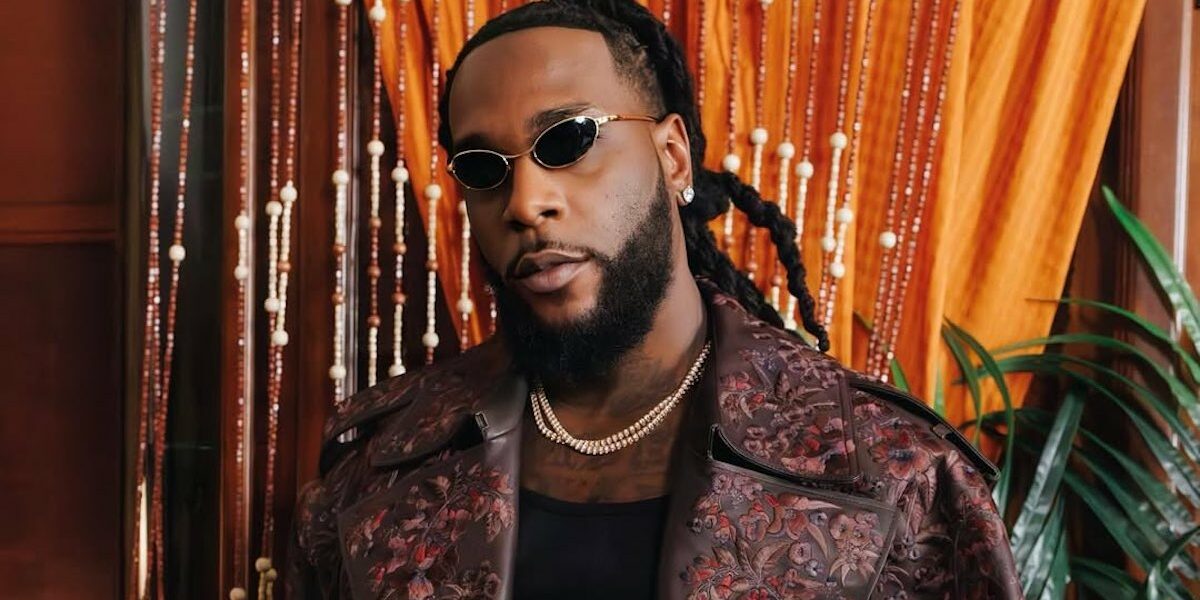Dropbox CEO Drew Houston speaks onstage during the Dropbox Work In Progress Conference at Pier 48 on September 25, 2019 in San Francisco
Matt Winkelmeyer | Dropbox | Getty Images
In this weekly series, CNBC takes a look at companies that made the inaugural Disruptor 50 list, 10 years later.
One year after graduating from MIT in 2006, Drew Houston began working with Arash Ferdowsi in hopes of creating one of the first cloud-based file sharing platforms that would eliminate the annoyances of physical thumb drives. The result was Dropbox, a company that has now made a name for itself as one of the leading organization and collaboration tools worldwide.
Today, Dropbox reports having more than 700 million registered users in more than 180 countries and regions globally. The company brought in $2.2 billion worth of revenue in 2021 and is a five-time CNBC Disruptor 50 company.
With goals to reduce busywork and help organizations stay in sync, Dropbox offers a suite of systems that include cloud storage platforms, password managers and computer backup systems. It has grown its offerings in acquiring platforms such as HelloSign in January 2019, Valt in November 2019 and DocSend in March 2021.
In its most recent quarter, Dropbox reported $591 million in revenue with a net profit of $83.2 million. Over 17.5 million users pay for its services, and the company has said more than 90% of its revenue results from individual consumers buying subscriptions.
“In particular, we’re pleased with the results of the changes to our team’s plans, and excited about our progress innovating around new products and driving multi product adoption, including the release of Capture to all Dropbox users and the introduction of the rebranded Dropbox Sign,” Houston, who is now Dropbox’s CEO, said in a statement. “As we look towards 2023 and beyond, I’m proud of our team’s execution towards our strategy while maintaining a healthy balance of growth and profitability.”
Dropbox went public in March 2018, listing a highly-anticipated $756 million IPO on the Nasdaq. One of the largest IPOs in tech at the time, Dropbox was valued at more than $12 billion on its first day of trading. Its performance since an initial surge has been rocky.
As one of the first companies to embrace the shift to a virtual workplace at the beginning of the pandemic, Dropbox announced its “virtual first” remote work setup in October 2020, asking employees to work remotely 90% of the time. The program, which officially launched in April 2021, was a significant shift for the business that once flaunted perks like award-winning cuisine in its cafeteria, and a top-notch gym and yoga studio, all at no cost for employees. The change also cost the San Francisco-based company almost $400 million in real estate, turning it unprofitable in the fourth quarter of 2021.
Even with some reports that the business is seeing high turnover rates attributed to the previous in-office bonuses being taken away, Dropbox has picked up on “boomerang” employees, bringing many previous employees back to the company on account of the workplace flexibility it now offers, Houston said at the CNBC Work Summit in October.
“We’ve been able to punch way above our weight class,” Houston said at the CNBC Work Summit. “I think the companies who offer that flexibility are going to be able to outrecruit, outretain, outperform ones that don’t.”
Dropbox continues to face many competitors in the cloud space – Google, Microsoft and Apple, to name a few of the most notable, as well as fellow former startup to IPO, Box. The company is forecasting revenue of $2.3 billion for 2022 and foresees revenue between $592 million and $595 million for the fourth quarter. But the stock remains well below its first-day trade from back in 2018, and at roughly half the value of its highest market peak, caught up in the tech downturn that has cratered many former high-flying, high growth startups.
“We’ve always lived in a competitive environment … and importantly all our growth has happened in that environment,” Houston said at the time of the Dropbox IPO. “We don’t see Amazon in our space. You know, things can change. We don’t count anyone out.”
To create long-term value, Dropbox is building on momentum through promoting new products and acquisitions, Houston said on CNBC’s “TechCheck” in November 2021. The company plans to introduce more of its products to existing customers in hopes of increasing the number of paid users on its platform, Houston said.
“We certainly made a lot of progress since we went public, and we have a lot of opportunity in front of us,” Houston told TechCheck.
Sign up for our weekly, original newsletter that goes beyond the annual Disruptor 50 list, offering a closer look at list-making companies and their innovative founders.






